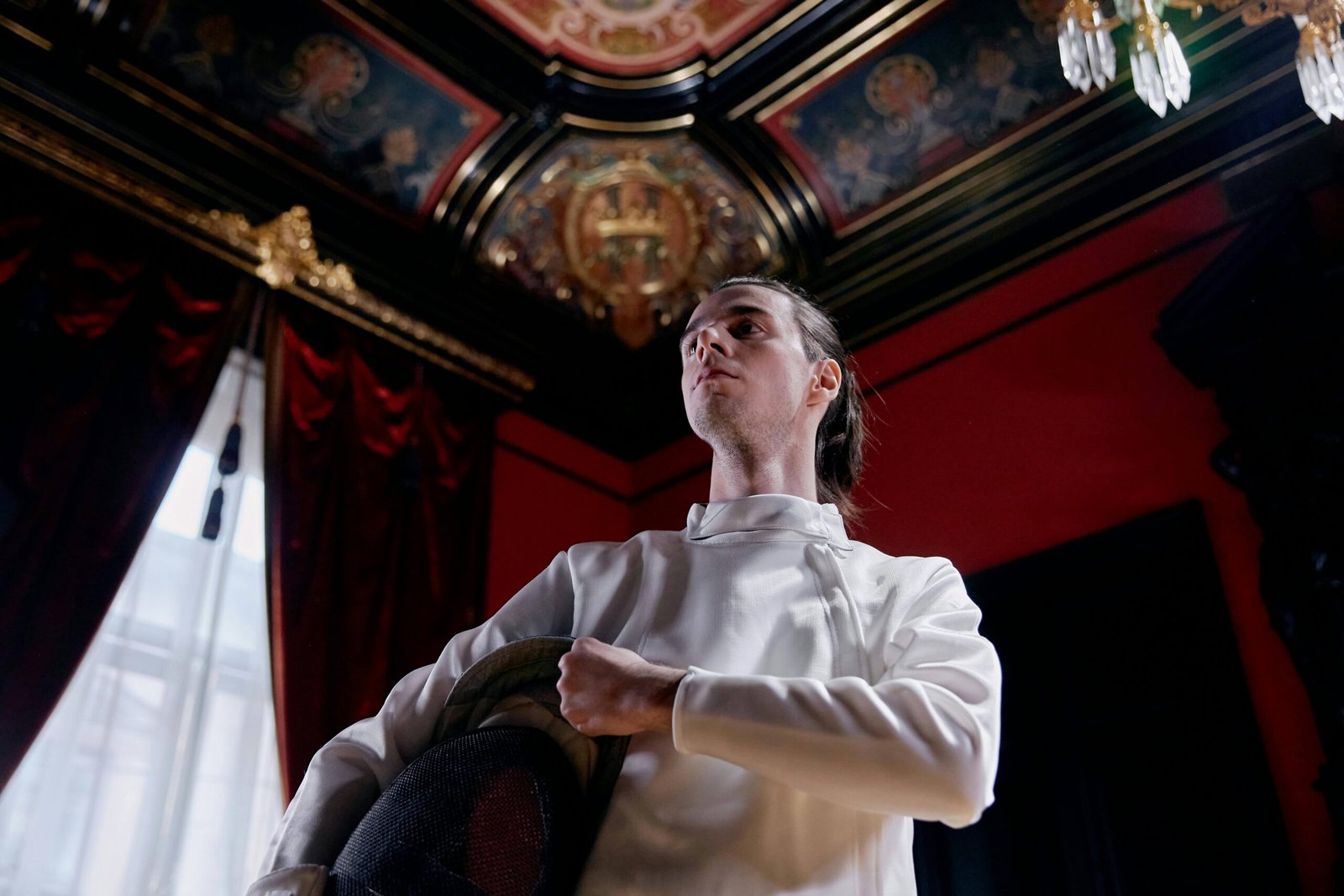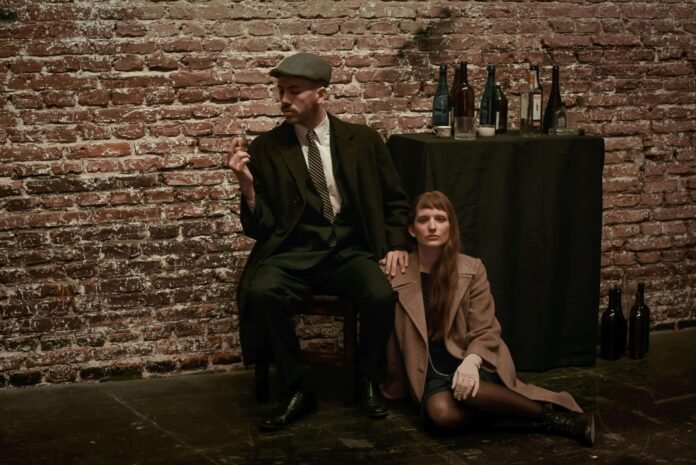Victorian Attire Males : Victorian fashion, often associated with the opulent, elegant, and structured styles of the 19th century, continues to inspire modern-day fashion. While we often associate Victorian clothing with women’s dresses, men’s Victorian attire is equally rich in detail, craftsmanship, and historical significance. From the formal attire of the upper class to the more casual styles of the working class, Victorian attire for males offers a glimpse into a bygone era that valued refinement, precision, and individuality.
In this article, we will explore the essential elements of Victorian attire for males, highlighting the key garments, accessories, and styling choices that defined men’s fashion during the reign of Queen Victoria (1837-1901). Whether you are a fashion history enthusiast, preparing for a themed event, or simply curious about Victorian fashion, this guide will walk you through everything you need to know.
Key Characteristics of Victorian Male Fashion
Before we dive into the specific garments and styles, it’s important to understand the broader characteristics that defined Victorian attire for males:
- Formality and Structure: Victorian men’s fashion was often formal and structured, particularly for the upper classes. Tailored suits, waistcoats, and trousers were designed to create a sharp, polished silhouette. In contrast, the working class had more utilitarian clothing, though it still adhered to the social norms of modesty and neatness.
- Attention to Detail: Men’s Victorian clothing featured intricate details, such as elaborate cuffs, collars, buttons, and waistcoats. These accessories were not just decorative but signified the wearer’s social status.
- Layers and Fabrics: Victorian men’s fashion often included multiple layers, including shirts, waistcoats, jackets, and coats. Fabrics ranged from luxurious wool, velvet, and silk for the upper classes to more durable cotton and tweed for working men.
- Functionality and Comfort: While the clothing was stylish, Victorian men’s attire was designed with function in mind. Whether it was the structured nature of formal wear or the durability of work clothing, the fashion of the time balanced both style and practicality.
Now, let’s explore the key elements that made up Victorian male attire.
Essential Pieces of Victorian Male Fashion
1. Tailcoats and Morning Coats
The tailcoat is perhaps the most iconic piece of formal Victorian male attire. It was a knee-length coat with a fitted waist and long tails at the back. The front of the tailcoat was typically cut away, which created a sharp V-shaped silhouette, and it was often worn with a waistcoat and trousers. The tailcoat was part of formal daywear, usually worn for events such as dinners, balls, or theater outings.
The morning coat, which gained popularity in the early Victorian period, is a slightly less formal variation of the tailcoat. It features a shorter front and longer back, with a curved cut that gives it a more relaxed but still formal appearance. Morning coats were often worn for daytime events and were made from wool, linen, or lighter fabrics.
- Tailcoats were associated with evening wear, such as formal dinners or balls, while morning coats were considered daytime attire for less formal but still elegant events.
2. Waistcoats (Vests)
Waistcoats, or vests as they are known in modern times, were an essential part of Victorian attire for males. Worn beneath the jacket, the waistcoat was a key piece that added depth and richness to a man’s outfit. The waistcoat was typically made from a different fabric than the suit jacket, often with rich patterns like brocade or velvet for special occasions, or simpler fabrics like wool for everyday wear.
A well-fitted waistcoat could be either single-breasted or double-breasted, depending on the occasion and personal style. The waistcoat was often fastened with a row of buttons down the front and featured a low neckline that highlighted the cravat or tie worn underneath.
- Formal Waistcoats were often made from luxurious materials like silk, brocade, or velvet.
- Everyday Waistcoats were made from wool, cotton, or tweed, providing comfort and practicality for daily wear.
3. Trousers
Victorian trousers, like other aspects of male fashion during the era, were designed to be both practical and fashionable. They were typically high-waisted, extending to the natural waistline, and featured a snug fit through the thighs and a straight cut down to the ankles. Victorian trousers were often made from wool or tweed for the upper classes, while working-class men wore trousers made from more durable fabrics such as cotton.
For formal events, dress trousers were typically worn with a tailcoat or morning coat, while less formal trousers were worn with a waistcoat for everyday wear. The trousers of the era often featured a pleated front and a cuff at the hem, adding to their sharp appearance.
4. Shirts and Cravats
Underneath the waistcoat and jacket, men wore Victorian shirts made from soft cotton or linen. These shirts typically had a high, stiff collar that could be fastened with a cravat or tie. The shirt sleeves were often adorned with cufflinks, a small but significant accessory for those in the upper classes.
The cravat was the most common neckwear during the early part of the Victorian era. It was a wide, often elaborate piece of cloth that was wrapped around the neck and tied in various intricate ways. The cravat gave way to the more modern tie in the latter part of the Victorian period, which was narrower and easier to manage.
- Collar Styles: The high stiff collars were either stand-up or folded over, giving a formal and dignified look. Some shirts were designed with detachable collars, allowing the wearer to change them for a fresh look.
5. Overcoats and Outerwear
Victorian men’s outerwear was not only functional for warmth but also added to the overall sophistication of their look. The frock coat and overcoat were the most popular types of outerwear during the Victorian era.
- Frock coats were knee-length coats with a tailored waist, often worn as both a daytime and evening coat. It was typically made from wool and was ideal for formal occasions, especially when paired with a waistcoat and trousers.
- Overcoats were worn over a suit or morning coat for colder weather. They were typically made from heavier fabrics such as wool or tweed and featured long, sweeping designs that extended below the knee. The coats were often double-breasted, with deep lapels and a high collar, providing both warmth and an air of elegance.
6. Footwear
Victorian shoes were typically made from leather and had a formal, structured design. The Oxford shoe and brogue were two popular styles. Oxfords were closed-laced shoes with a sleek, streamlined appearance, while brogues featured decorative perforations along the shoe’s seams.
- Boots were also popular during the Victorian era, especially for outdoor wear. Knee-high boots with a polished leather finish were commonly worn by men, especially in rural settings or by the upper class for riding.
7. Accessories
Accessories played an essential role in Victorian male attire, especially for those in higher social classes. Some common accessories included:
- Pocket Watches: Men of the Victorian era frequently carried pocket watches, often in ornate gold or silver cases, which were attached to a chain and worn in the waistcoat pocket.
- Cufflinks: Cufflinks were a sign of sophistication and were often made from precious metals, adorned with stones or intricate designs.
- Hats: Top hats, bowler hats, and bowler-style caps were common in Victorian fashion. The top hat was considered the most formal and often worn with tailcoats during special events.

Victorian Male Fashion for Special Occasions
While everyday Victorian attire was often formal, there were specific garments for special occasions:
- Evening Wear: For evening events such as galas, banquets, or theater performances, men wore more elaborate versions of their day attire. The tailcoat was the hallmark of evening fashion, worn with a crisp white shirt, a black cravat, and polished dress trousers.
- Formal Balls and Dinners: At these events, men typically wore the full ensemble, including a white waistcoat, formal trousers, a tailcoat, and an elegantly tied cravat or tie. The attire was completed with polished black shoes and a top hat.
- Weddings: Victorian wedding attire for men often included a morning coat, waistcoat, trousers, and formal accessories. The groom would wear a well-fitted suit with a cravat or tie and gloves for a formal, elegant look. Visit here for more details.
Conclusion: Embrace the Elegance of Victorian Attire for Males
Victorian attire for males is a timeless example of formal and refined fashion. From the sharp tailoring of the tailcoat to the intricate details of waistcoats and cravats, each garment reflects an era that valued refinement, elegance, and individuality. While Victorian fashion may not be an everyday style today, it remains influential, often resurfacing in modern fashion for special events, period dramas, or themed occasions.
For those interested in wearing Victorian male attire, there are plenty of options available through costume shops, high-end boutiques, or custom-made garments. Whether you are attending a Victorian-themed ball, cosplay event, or simply enjoy the historical elegance of the period, incorporating elements of Victorian fashion into your wardrobe is a stylish way to embrace

